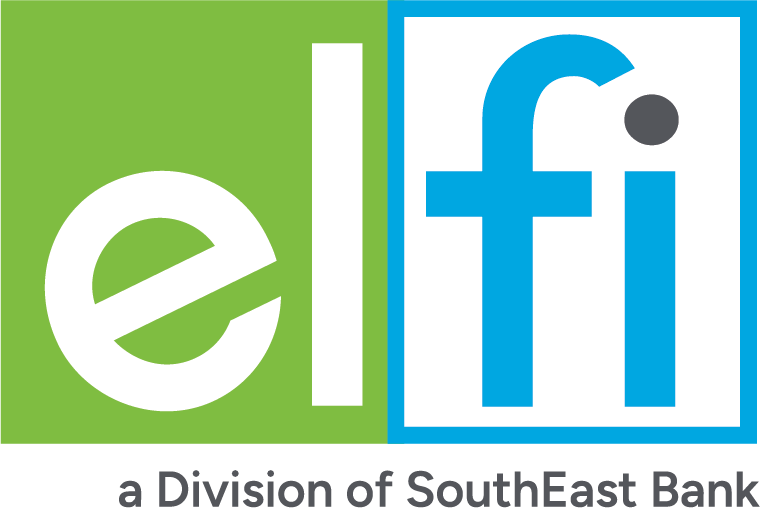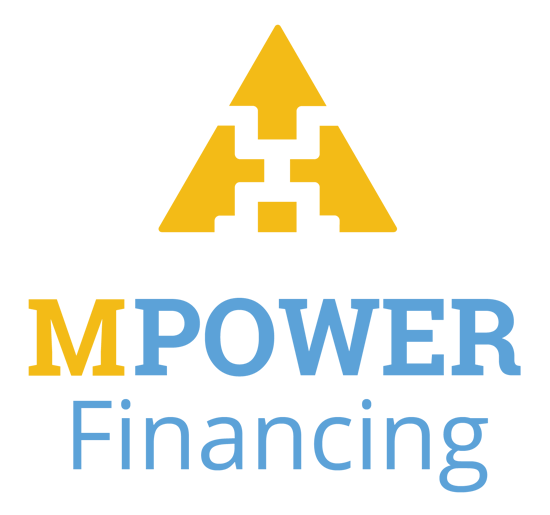Student Loan Forbearance: How It Works and Who Is Eligible
Student loan forbearance can temporarily stop or lower your payments, but it usually increases the amount you owe.

Many, or all, of the products featured on this page are from our advertising partners who compensate us when you take certain actions on our website or click to take an action on their website. However, this does not influence our evaluations. Our opinions are our own. Here is a list of our partners and here's how we make money.
Student loan forbearance is a temporary way to lower or stop making payments. It's not a long-term affordability strategy or a method to delay repayment indefinitely — and that means very few people should use it.
Think of forbearance as a last resort to avoid student loan default. Use it only if all the following are true:
You can’t pay your loans.
You expect to be able to resume repayment within a year or sooner.
You won’t qualify for student loan deferment, which is a better option for pausing repayment because interest does not typically accrue.
If you’re worried about affording your federal student loans in the long run, opt for an income-driven repayment plan instead to keep your payment amount manageable.
» MORE: How to get student loan help
Student loans from our partners
on Earnest website
Earnest
4.5
NerdWallet rating4.5
NerdWallet rating4.99% - 9.99%
665
on Earnest website

on SoFi® website
SoFi®
4.0
NerdWallet rating
4.0
NerdWallet rating4.74% - 9.99%
650
on SoFi® website

on Credible’s website
ELFI
Best for faster repayment options
4.5
NerdWallet rating
4.5
NerdWallet rating4.88% - 8.44%
680
on Credible’s website
What is federal student loan forbearance?
Federal student loan forbearance is an option that lets you temporarily pause or reduce your monthly payments. Depending on the type of forbearance, your loan servicer may grant a temporary pause if you’re facing financial difficulties, you’re in a residency program or you’re called up for National Guard duty, among other reasons.
There are key forbearance drawbacks to consider:
While in forbearance, you won’t make progress toward student loan forgiveness, including income-driven repayment forgiveness and Public Service Loan Forgiveness.
Interest will typically accrue on your debt, increasing the amount you’ll pay overall.
Typically, a federal student loan forbearance can last no more than 12 months at a time, and you may be limited to three total years of forbearance over the life of your loan — though the limit varies based on the type of forbearance.
Three types of federal student loan forbearance
There are three overarching types of federal student loan forbearance: general, mandatory and administrative. Here’s how they work and when you would use each one.
1. General forbearance
This type of forbearance is up to your servicer’s discretion — which is why it’s also sometimes called a “discretionary forbearance.” Depending on your servicer, you may have to demonstrate financial difficulties, medical expenses, employment changes or other acceptable reasons.
General forbearance is available for Direct Loans, FFELP loans and Perkins Loans. You can use it for 12 months at a time, for up to three years total over the life of your loan.
2. Mandatory forbearance
Your servicer is required to grant requests for mandatory forbearance in any of the following circumstances:
You’re currently serving in AmeriCorps.
You qualify for the U.S. Department of Defense Student Loan Repayment Program.
You’re in a medical or dental internship or residency program.
You’re in the National Guard and have been activated by a governor. This forbearance is an option if you are not eligible for a military deferment.
You have a “student loan burden,” which means that the total amount you owe each month for all the federal student loans you received is 20% or more of your total monthly gross income.
You’re currently working in a teaching position that qualifies for Teacher Loan Forgiveness.
You can use a mandatory forbearance for up to 12 months at a time, renewable indefinitely as long as you meet the qualifying conditions.
3. Administrative forbearance
The Education Department may automatically apply an administrative forbearance to your student loan account in response to new policies or legal issues. For example, the three-year pandemic payment pause was a type of administrative forbearance, as is the ongoing SAVE forbearance.
How to apply for a federal student loan forbearance
In most cases, you need to apply for a student loan forbearance with your servicer; it’s not usually automatic, with the exception of some types of administrative forbearance. Here are the steps to take:
Identify which type of forbearance you’d like to apply to.
Fill out the request form for that type of forbearance. Here’s the general forbearance form. Forms for mandatory forbearances differ depending on your circumstance. Here's the AmeriCorps forbearance form, the student debt burden forbearance form, the Teacher Loan Forgiveness forbearance form and lastly, the mandatory forbearance form for those who qualify for the Department of Defense Student Loan Repayment program, are in a medical or dental internship or residency, or who are called to National Guard active duty.
Gather any necessary documents that are mentioned on your request form.
Submit your completed forbearance request form and additional documents to your servicer. Call your servicer to find out the best way to send the papers over; you may be able to submit the documents online or via mail.
You must continue making payments on your student loans until your servicer approves your forbearance request and notifies you. Otherwise, you could face delinquency or default.
Is there private student loan forbearance?
Many private lenders offer student loan forbearance as well. This forbearance usually lasts for up to 12 months, but there’s no standard or required amount for private lenders. Look at your loan’s origination paperwork or contact your lender to learn about your forbearance options and the application process.
SAVE forbearance: When are payments due?
Payments are not currently due for the millions of borrowers enrolled in the income-driven repayment plan SAVE, due to a series of lawsuits against the plan.
This SAVE forbearance is a type of administrative forbearance, which means that it is not elective — the government has automatically applied it to SAVE borrowers accounts. During the SAVE forbearance, no interest is accruing on your loans. However, you won’t get automatic credit toward Public Service Loan Forgiveness or income-driven repayment forgiveness during this time.
If you’re not pursuing loan forgiveness, consider making payments anyway during this SAVE forbearance. Since no interest is accruing on your loans, you could pay them off faster and spend less money overall.
But, if you are pursuing PSLF or IDR forgiveness, consider switching to a different IDR plan or holding off on payments until the forbearance ends.
Who should use student loan forbearance?
Student loan forbearance is a quick fix, but its costs make it a less-than-ideal relief option. Choose forbearance only for a short, one-off financial crisis.
If forbearance makes sense for you, opt to reduce your payments — instead of stopping them altogether — or to at least pay the interest that accrues before it capitalizes. This will help prevent a tough financial situation from getting worse.
Is student loan forbearance bad?
Student loan forbearance isn’t bad if the alternative is having your wages garnished or losing your tax refund because of a defaulted loan. But forbearance can be expensive.
Most often when you put loans in forbearance, interest continues to accrue on your balance.
If you have commercially-held FFELP loans, interest capitalizes on your student loans, or is added to your balance, at the end of the forbearance. If you don’t pay down the interest as it accrues, capitalization increases the amount you end up repaying. (Interest does not capitalize after forbearance for other types of federal loans.)
Because forbearance is often available to anyone with financial difficulties — and there’s no limit to how long you can get it for — these costs can really add up over time.
For example, after putting $30,000 in loans on hold for 12 months at 6% interest, $1,800 worth of interest would have accrued. Now, you’d owe $31,800. Estimate how much a forbearance could cost you with this calculator:
Alternatives to student loan forbearance
Forbearance isn’t the only pathway to student loan relief, and in many cases, other options might work better for you. Before opting for forbearance, consider these alternatives:
If you temporarily can’t afford any payment. Student loan deferment is another way to pause federal student loan payments, and it’s a better option than forbearance because you won’t have to pay interest on any subsidized student loans you have. You’ll qualify for deferment in certain circumstances — you can get an unemployment deferment, for instance — so ask your student loan servicer if that’s an option before going with forbearance.
If you expect long-term financial challenges. Income-driven repayment plans tie payments to a percentage of your earnings; you can pay as little as $0. Because of their longer repayment terms, you could pay more interest on an income-driven plan. But any remaining balance on your loans will be forgiven after 20 or 25 years of payments, depending on the plan. Sign up for free at studentaid.gov/IDR.
If you have private student loans. The difference between deferment and forbearance isn’t usually substantial for private student loans, as both accrue interest you’ll be responsible for paying. If you can’t afford private loan payments, lenders may also offer other forms of relief, like letting you make interest-only or interest-free payments for a limited period of time. Read the contracts you signed when you took out the loan and reach out to your lender to discuss relief options.












